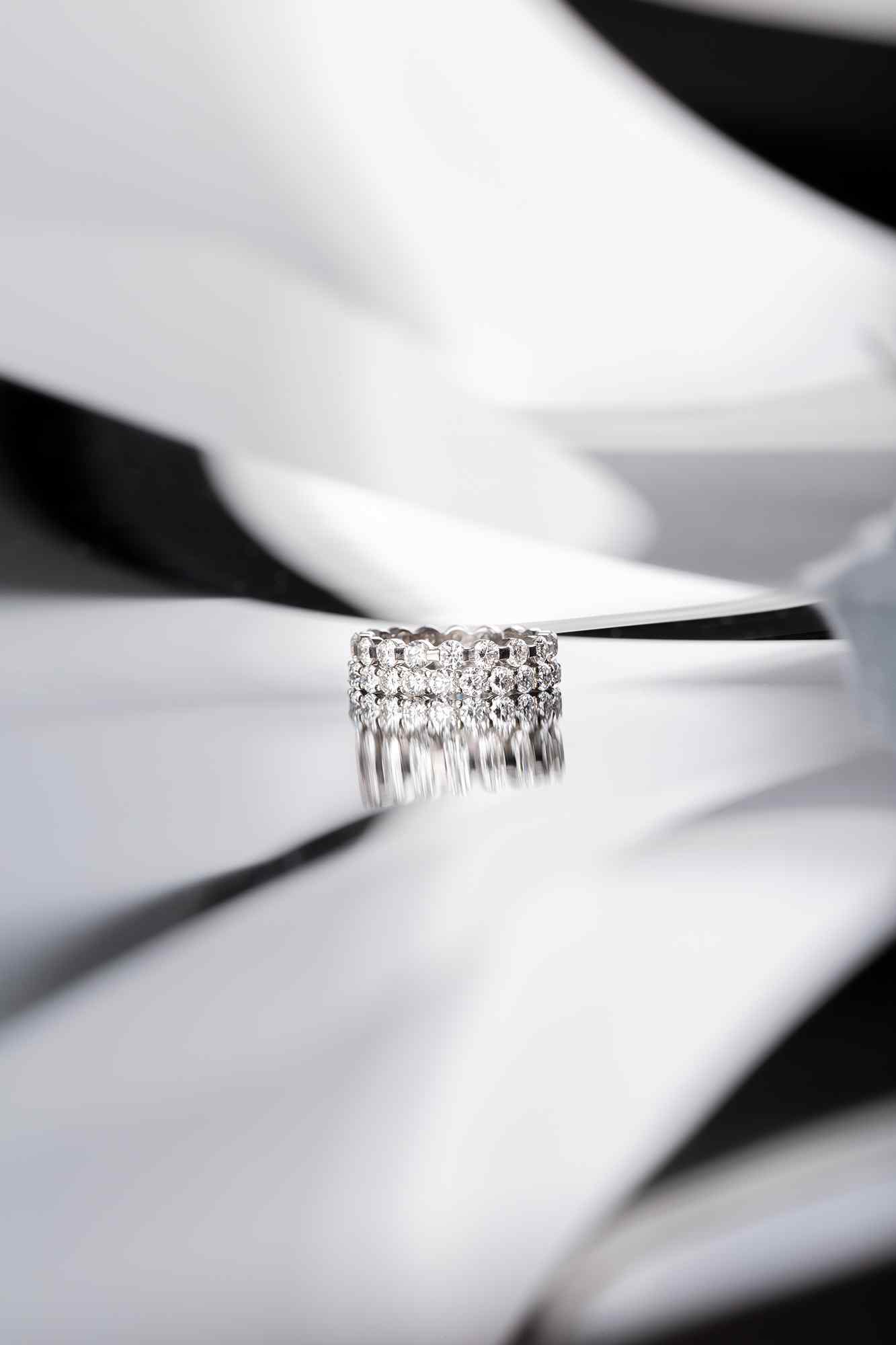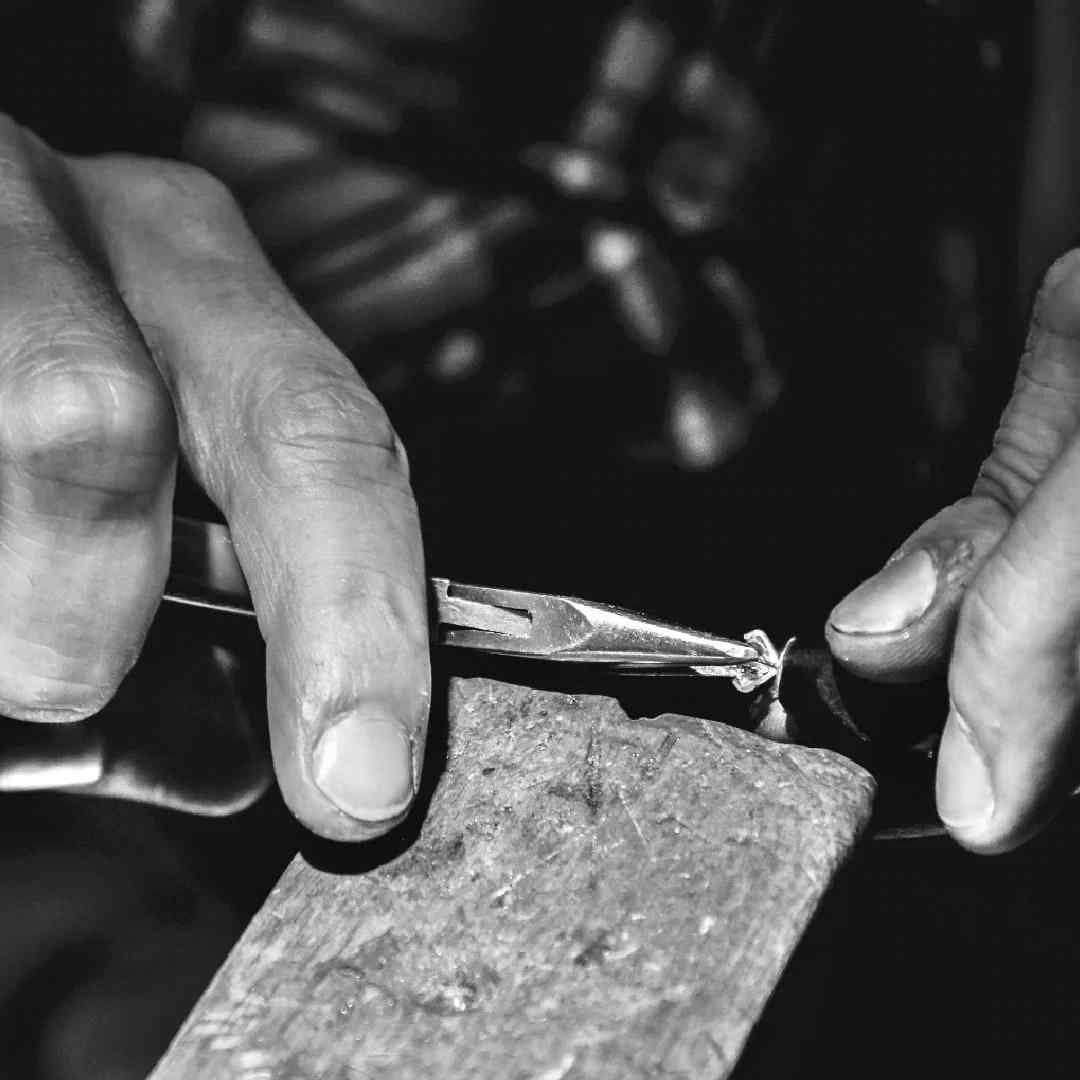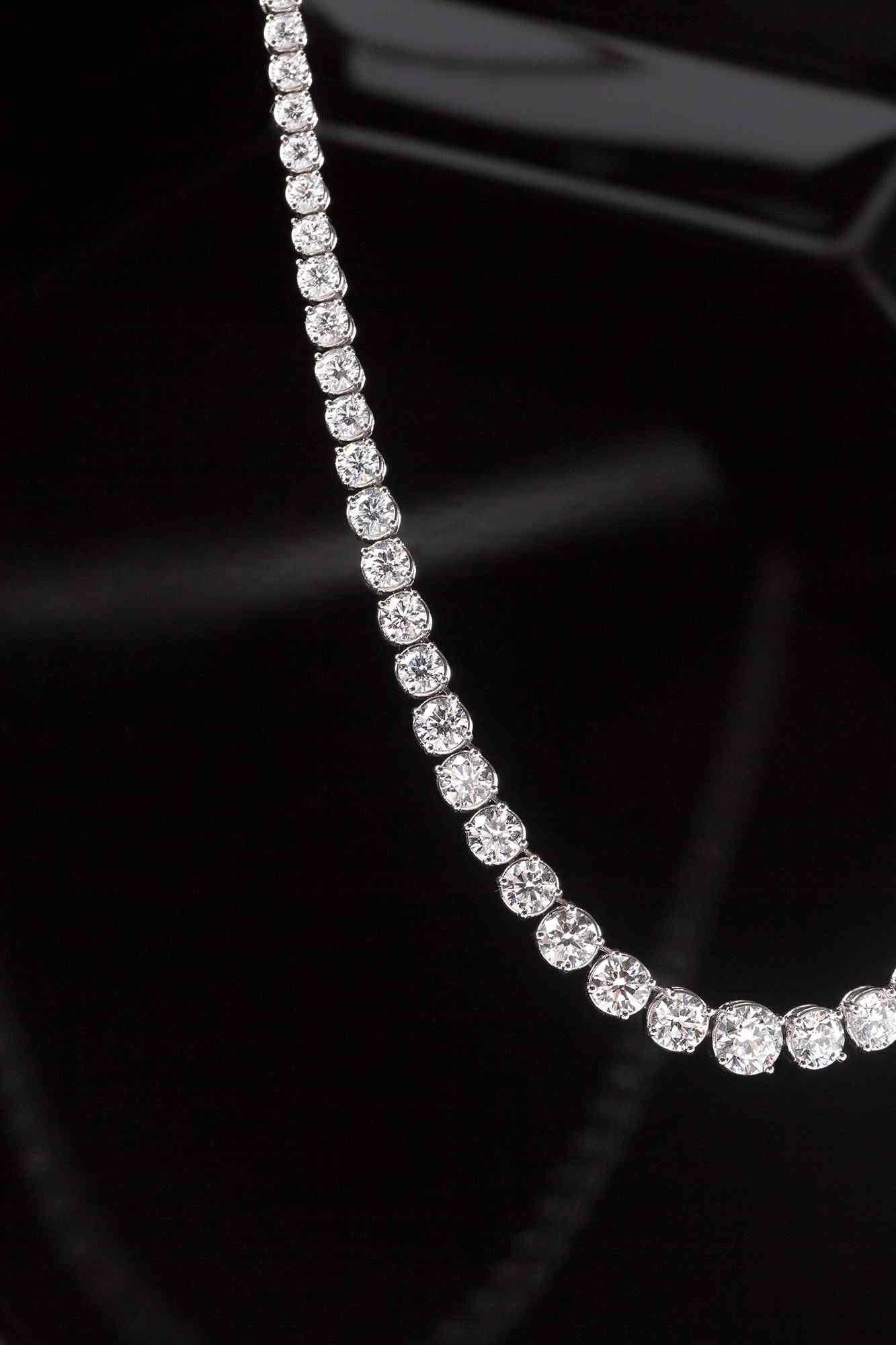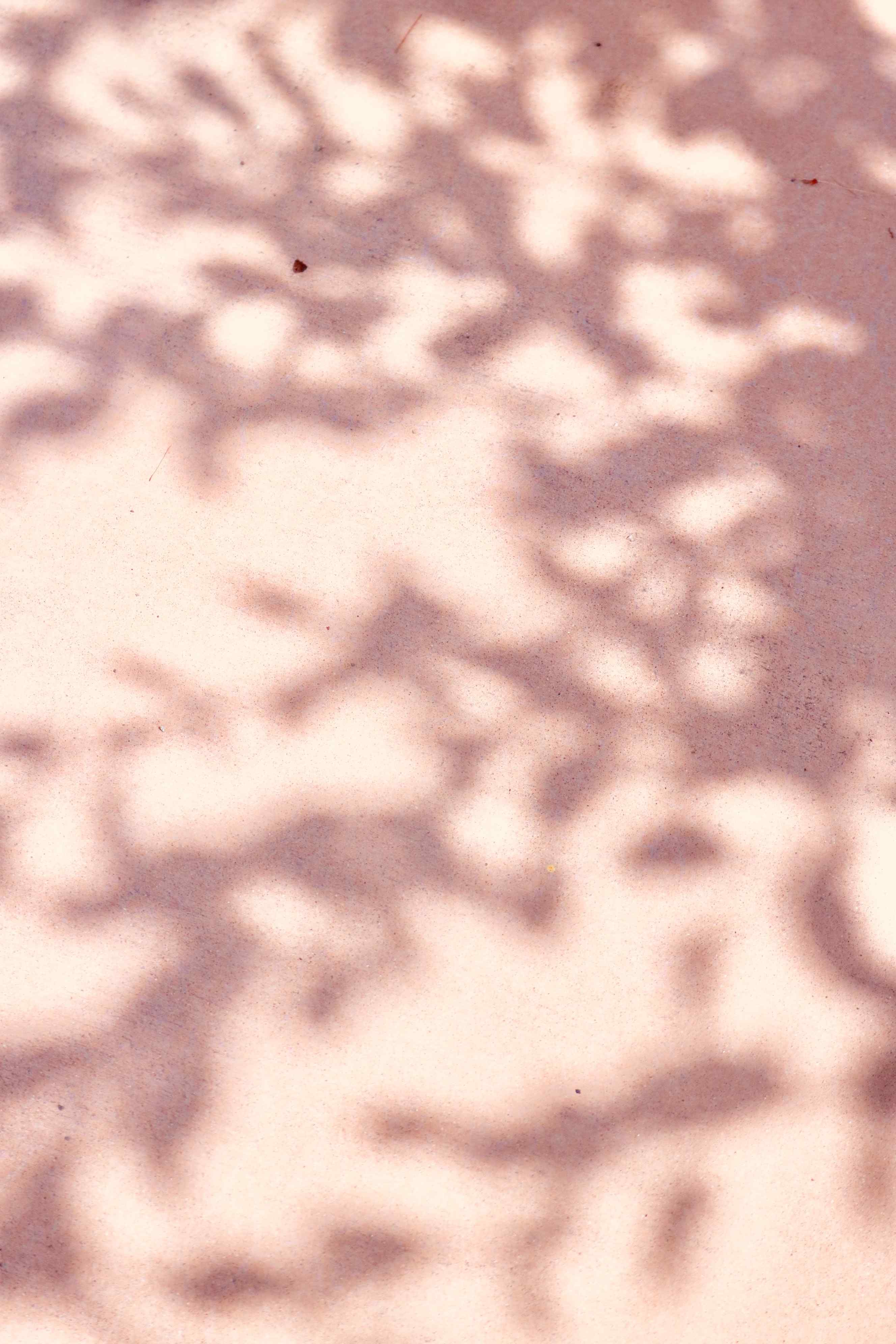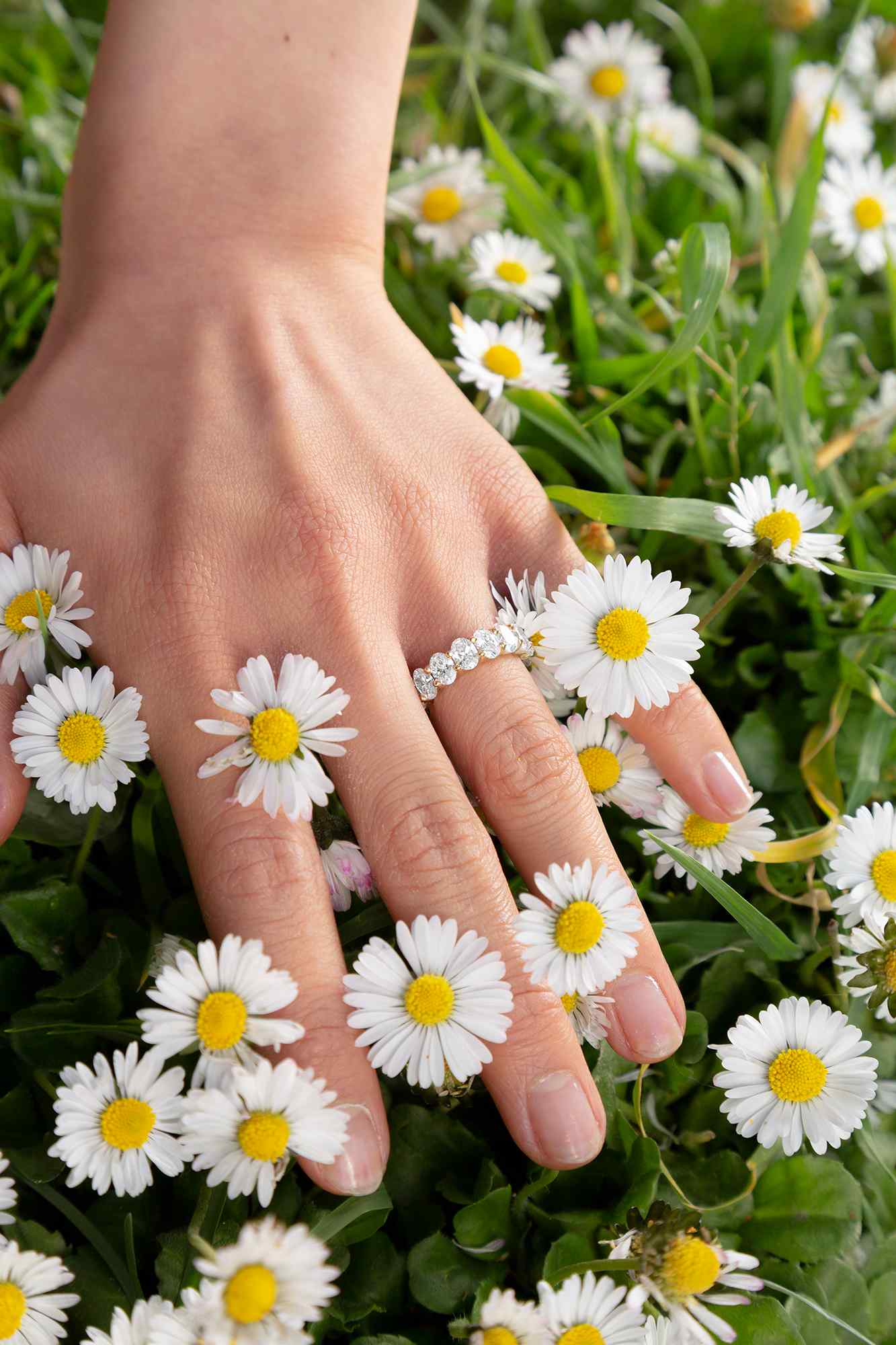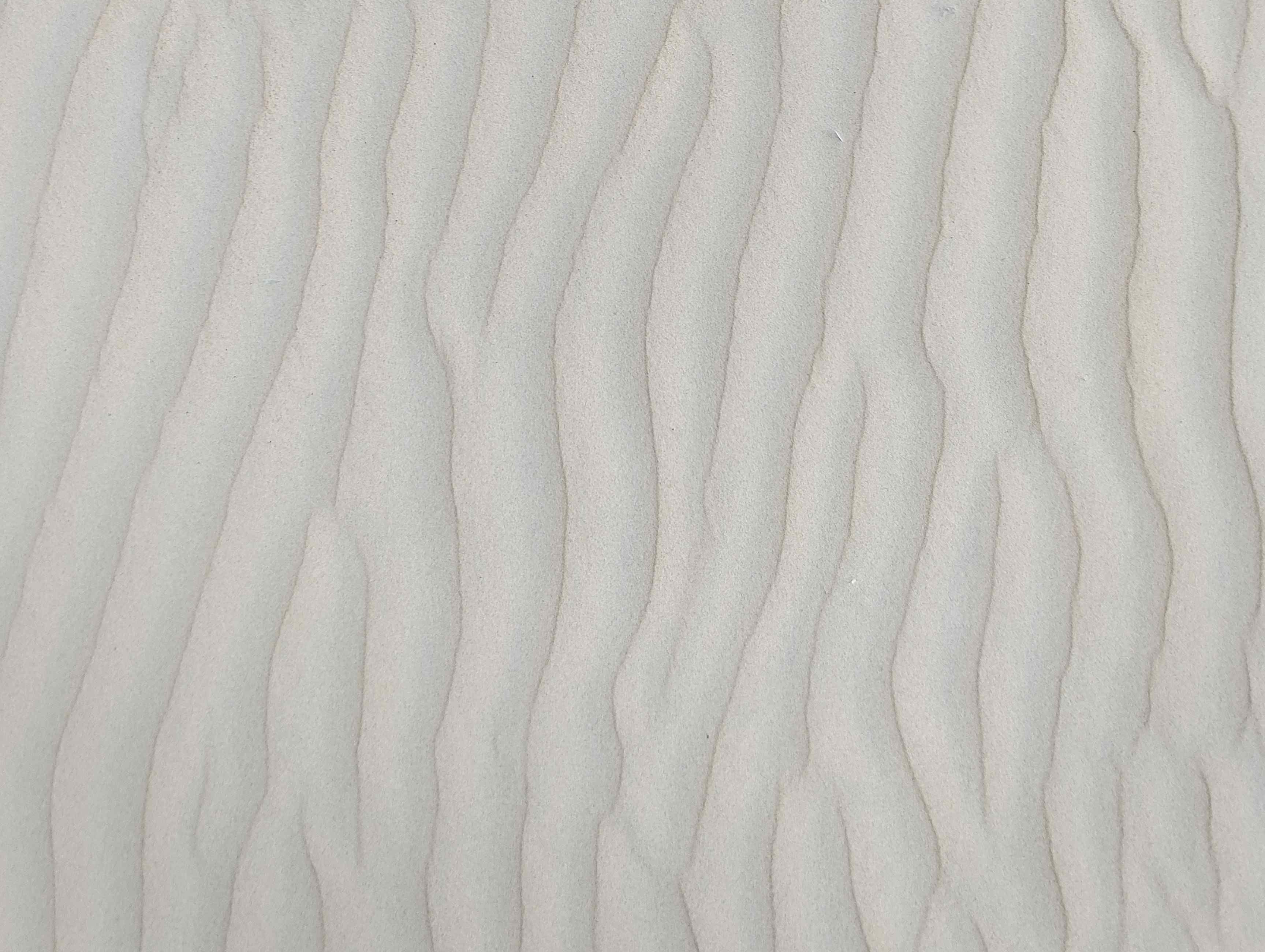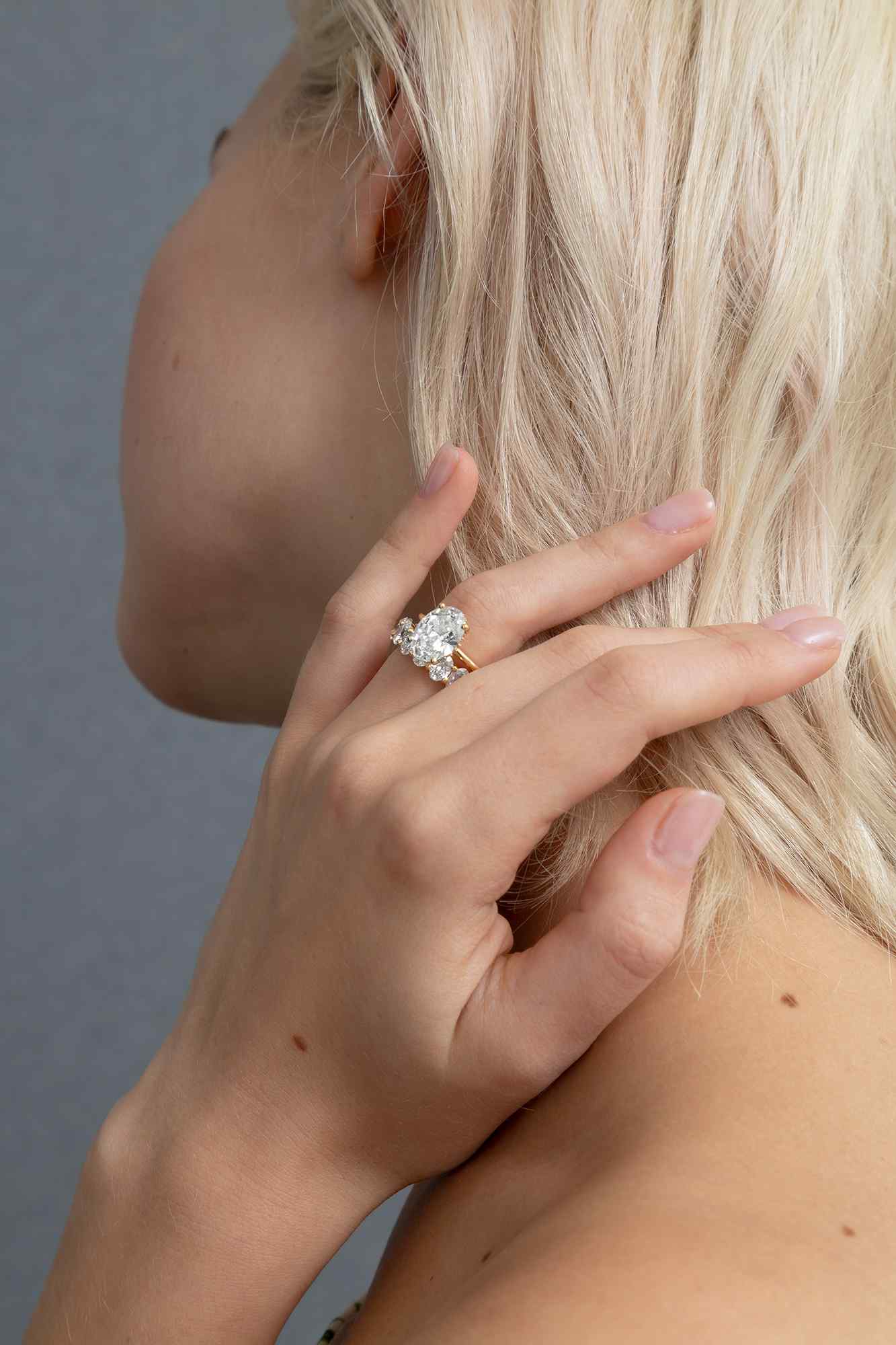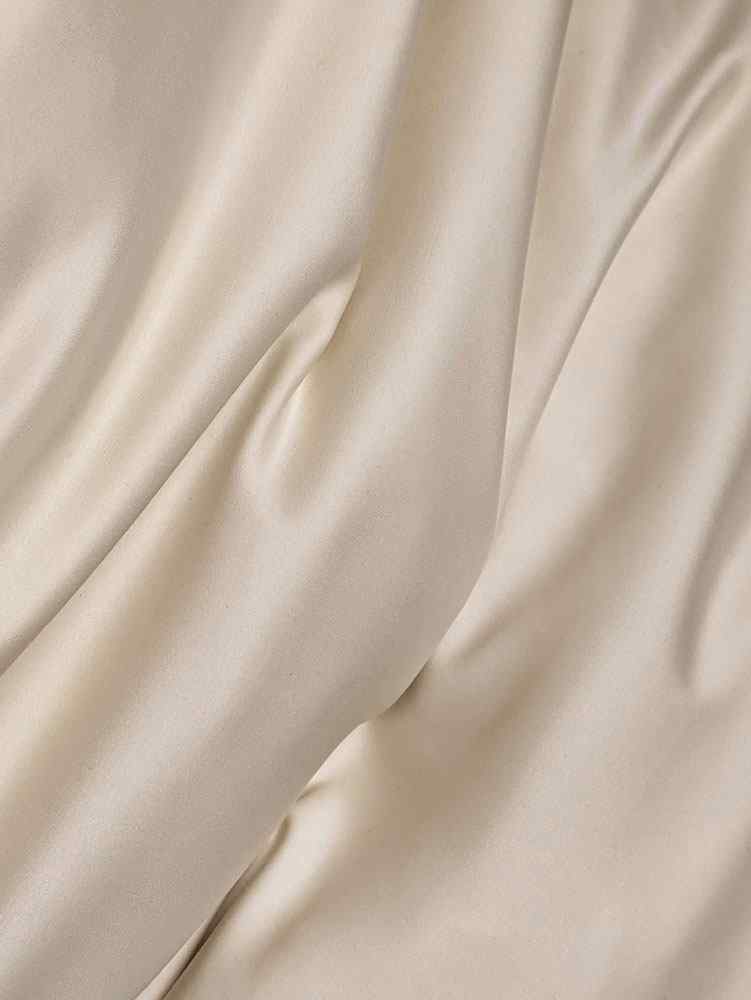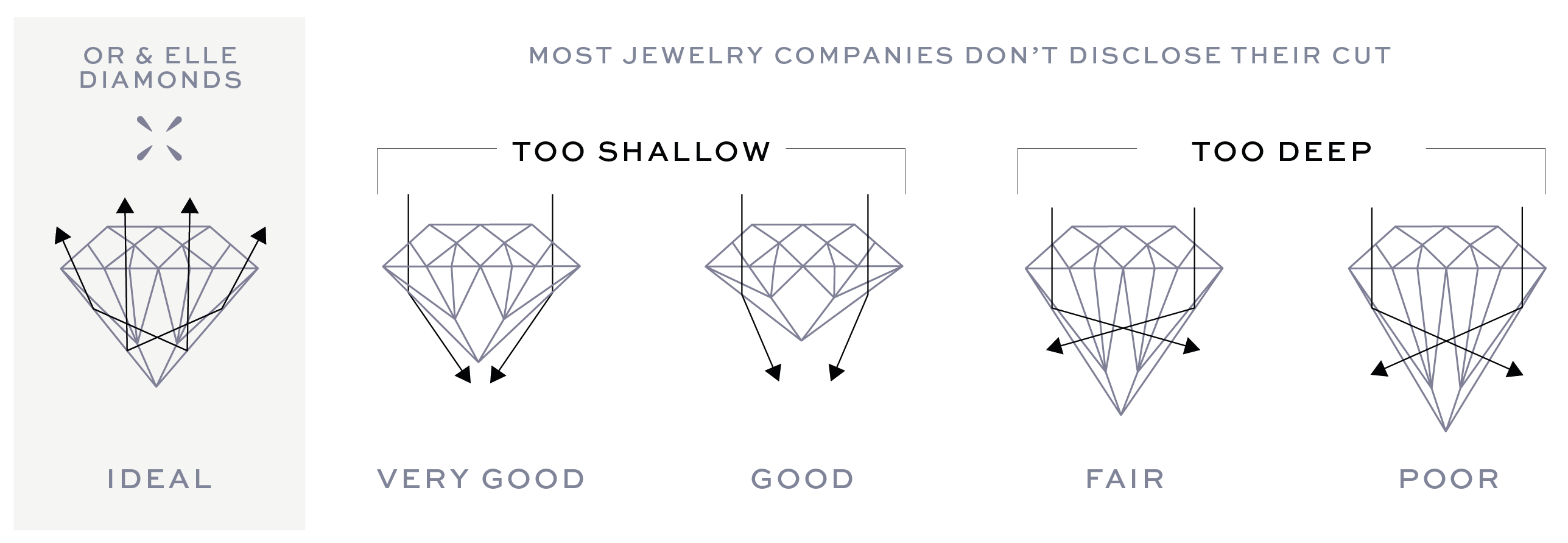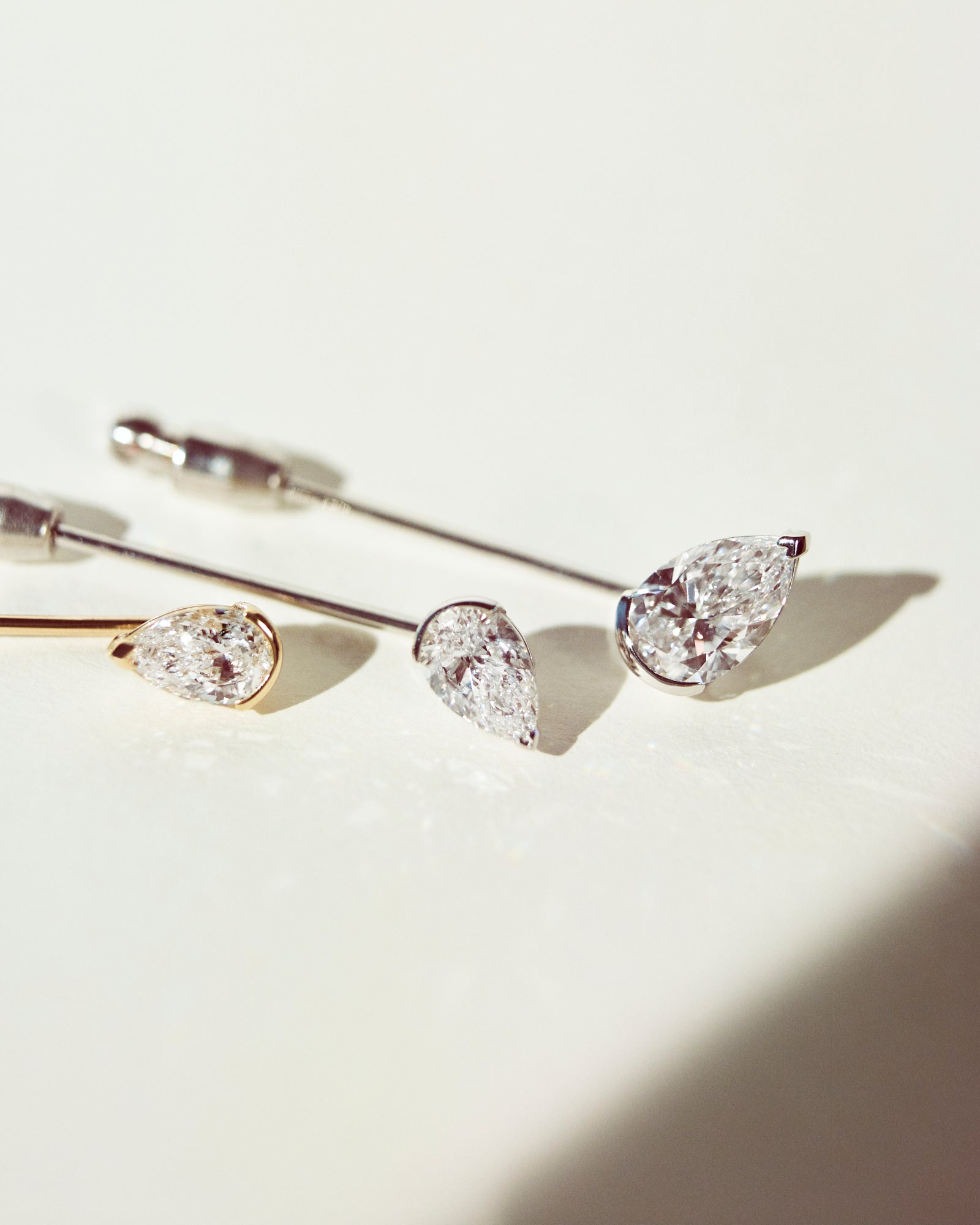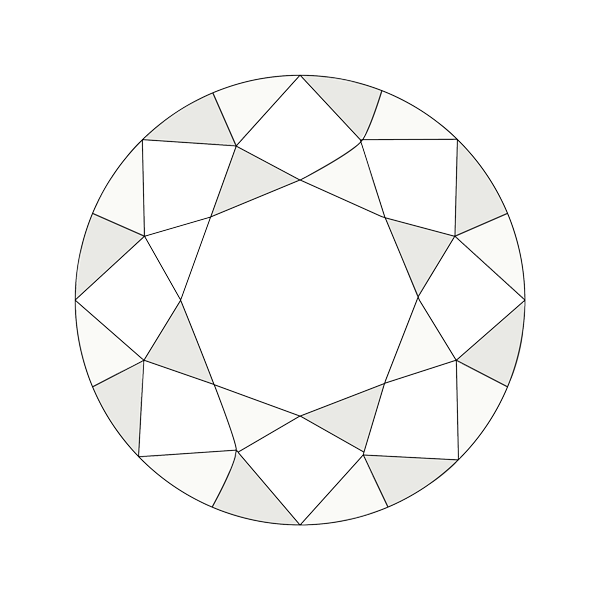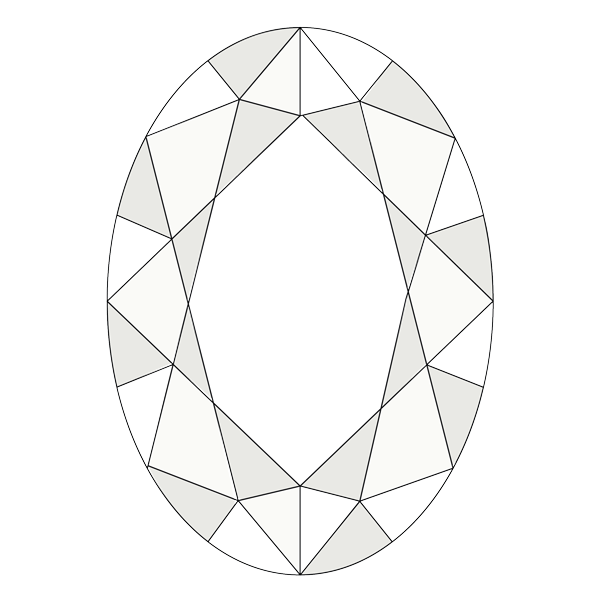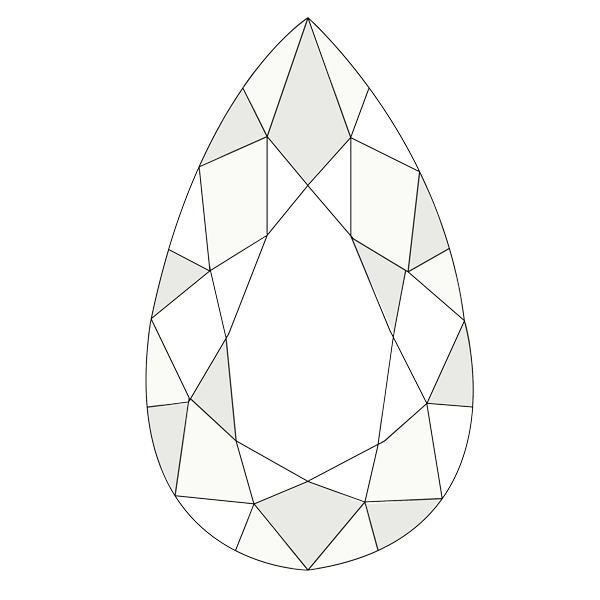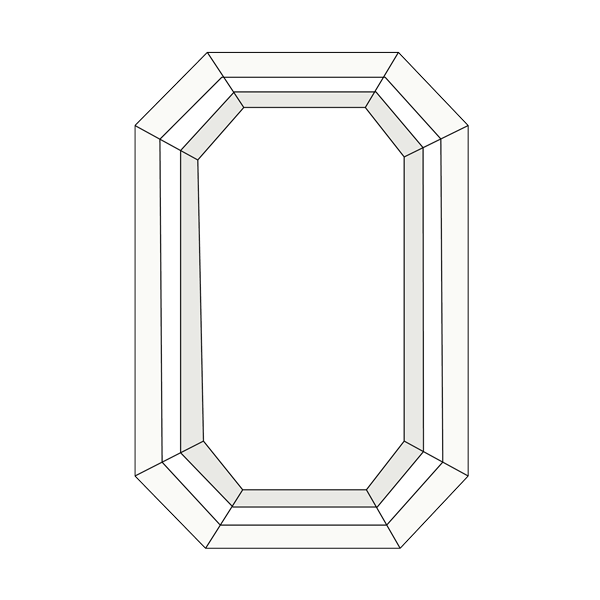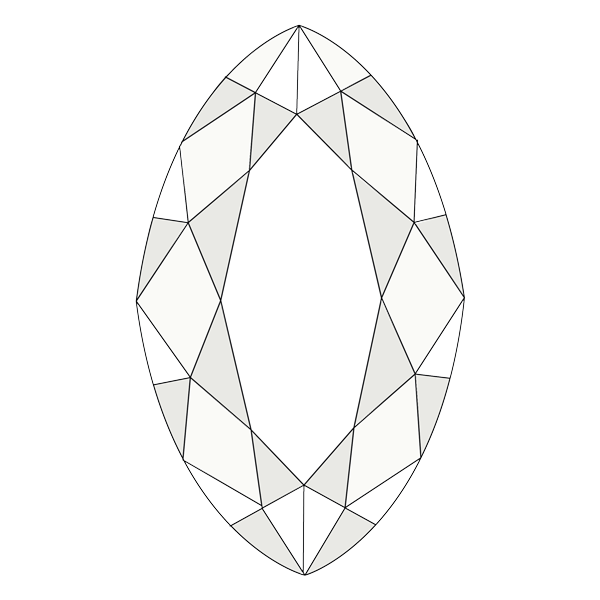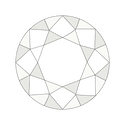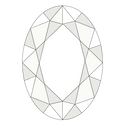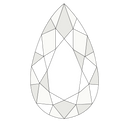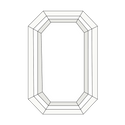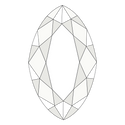Ethical Craftsmanship & Uncompromising Quality
The exceptionally rare quality of our lab-grown diamonds is the cornerstone of the Or & Elle Mission. We accept 0.01% of the world's diamonds in our Atelier.
To achieve the play of light that makes superior diamonds shine maximally, Or & Elle’s craftsmen cut and polish each facet with breathtaking precision.
Our diamonds are then individually positioned by hand in bespoke settings to illuminate each facet and create the extraordinary brilliance that has come to define the work of Or & Elle.
|
|
|
|
|---|---|---|
| Chemical composition | Carbon | Carbon |
| Crystal Structure | Cubic | Cubic |
| Brilliance | 2.42 | 2.42 |
| Hardness | 10 | 10 |
| Density | 3.52 g/cm3 | 3.52 g/cm3 |
| Responsible | Yes | No |
OR & ELLE DIAMONDS ARE SOURCED, GRADED, AND SET IN ANTWERP, BELGIUM
-
SERENDIPITY OF LAB-GROWN
Our diamonds are sourced from laboratory partners who are third-party accredited by SCS Global Services, under the SCS-007 Sustainability Diamond Standard. They are fully traceable and 100% Climate Neutral. All diamonds > 1 carat are GIA, IGI, or HRD certified.
-
SUPERLATIVE DIAMONDS
Our diamonds come to life by reproducing the incredible heat and pressure that form diamonds underground. Rarest and most extraordinary of all are the flawless, completely colorless D-grade diamonds that are used in Or & Elle pieces.
-
CENTURY-OLD CRAFTSMANSHIP
We accept 0.01% of lab-grown diamonds. Our Atelier brings to bear century-old savoir-faire to source and set a supremely rare edit of the world’s most exceptional diamonds. Each piece is made-to order, cast by hand, and set by world's most storied artisans.
About our diamonds
Carat is the unit of measurement for diamond weight. Carat weight alone does not determine how large or small a stone looks. Cut and shape influence the appearance of size as well.

The rarest and most ideal diamonds are colorless, or grade D. As diamonds show increase hues of yellow, their color grade decreases. Most jewelers use grade I-J diamonds and lower. We only use D color diamonds.
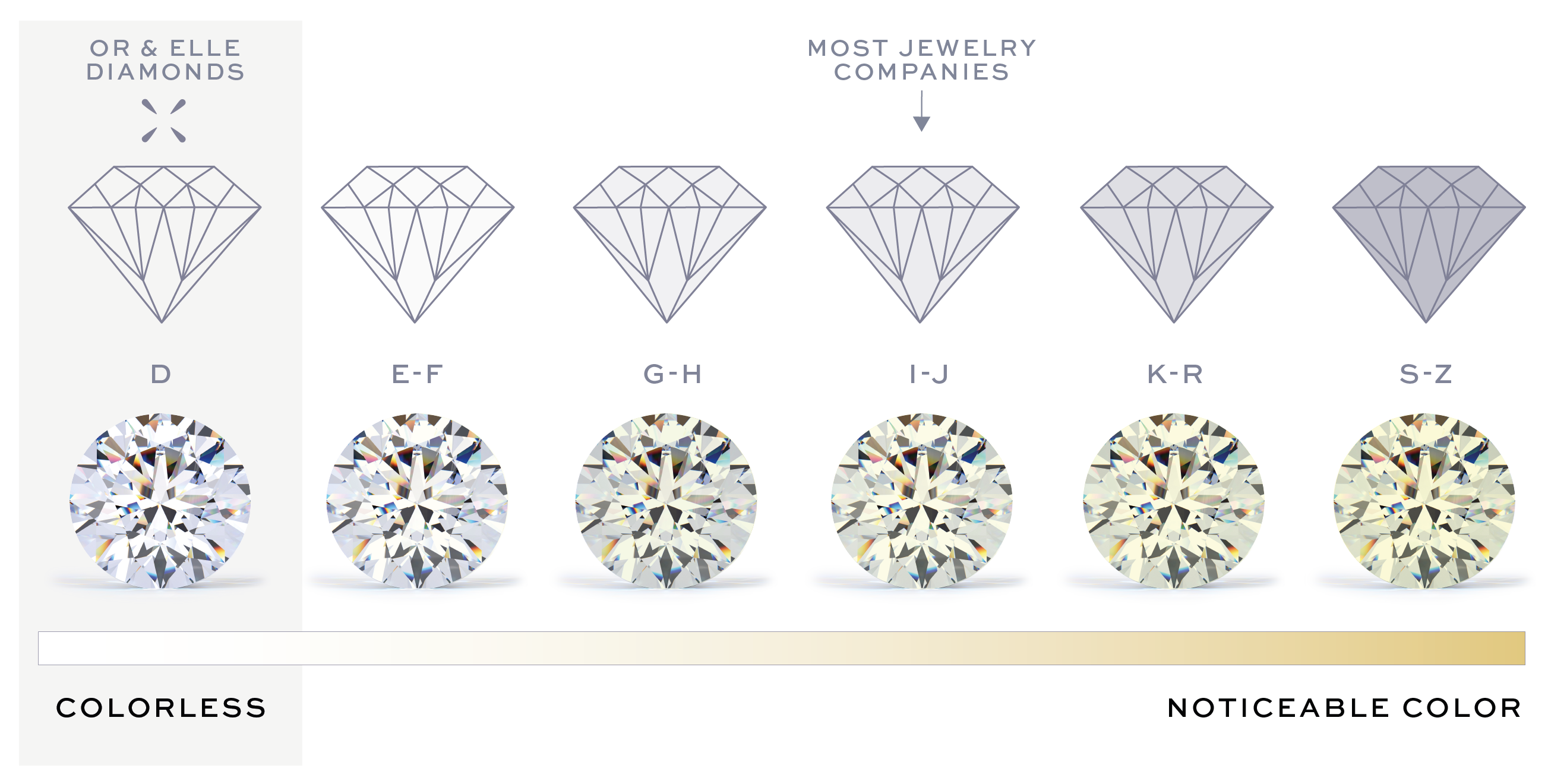
Diamonds may have imperfections called inclusions. The fewer and smaller, the clearer the diamond. Most jewelers sell SI stones; we only use IF/VVS.

About our diamonds
A round diamond scintillates from 57 facets. This shape is as timeless as it is brilliant.
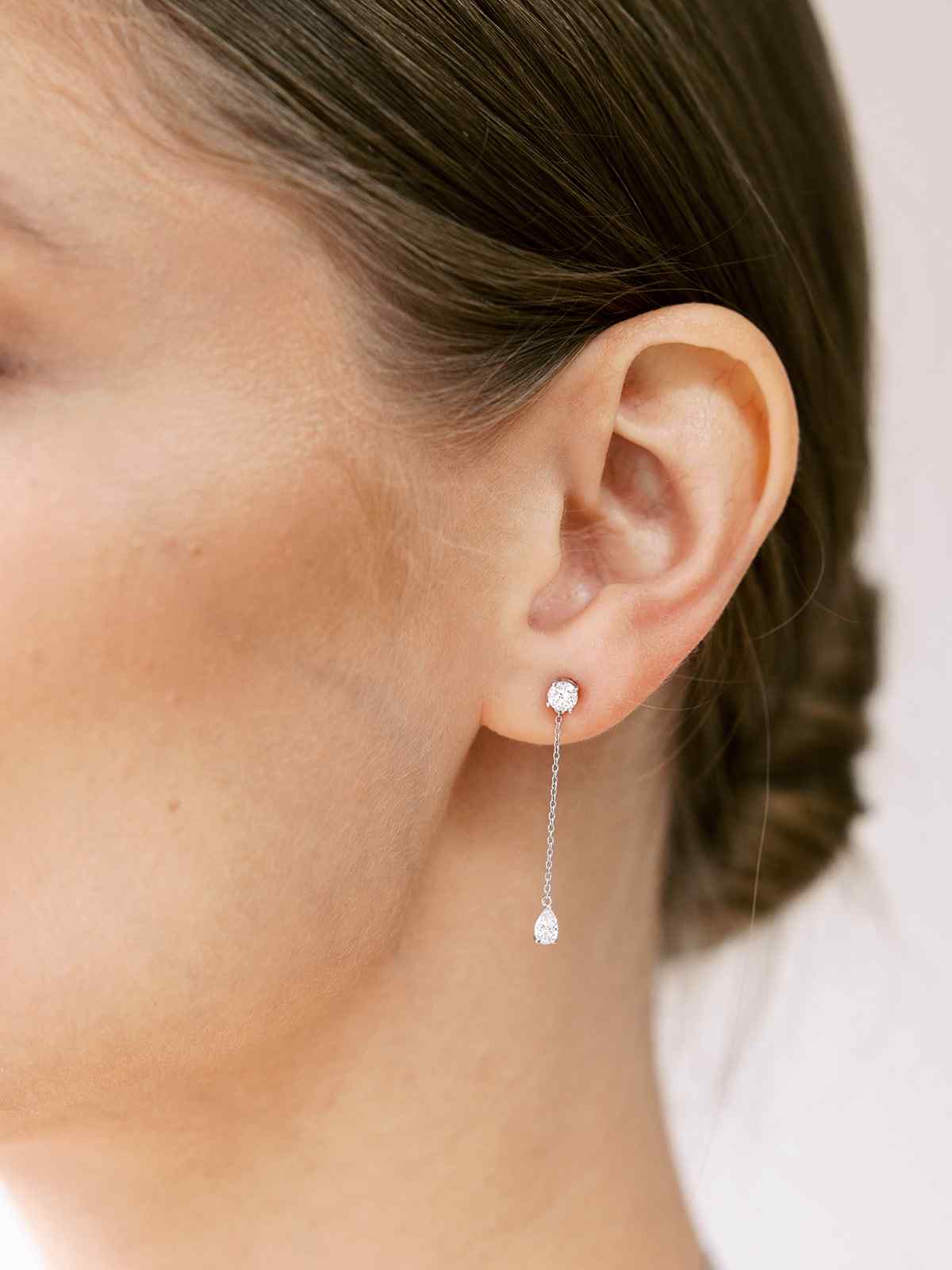 Round
Round
Ovals cover a larger surface area than other cuts of comparable carat weight. The length and width of two ovals with the same carat weight can vary. Color is paramount for this shape.
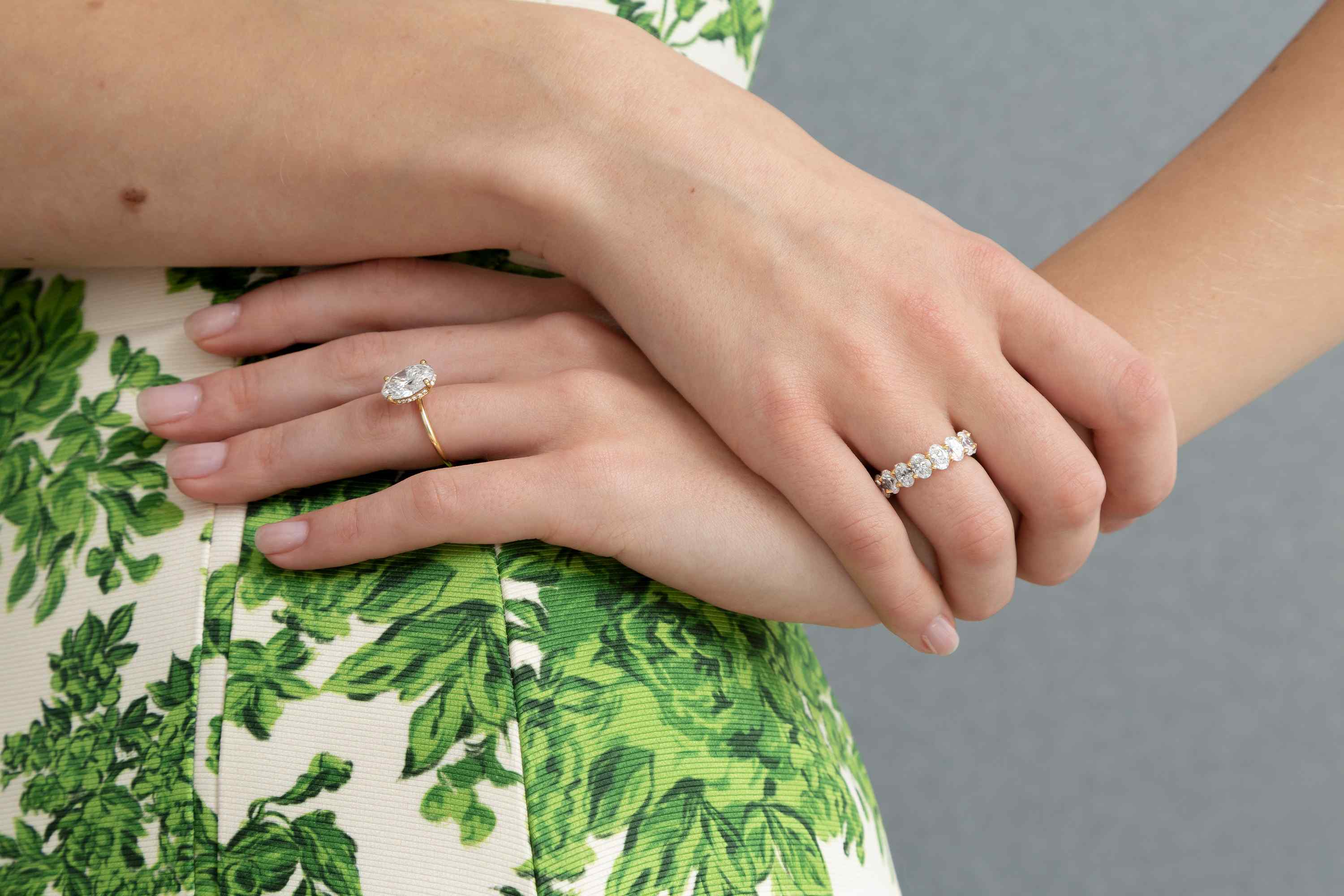 Oval
Oval
Pears, also known as teardrop diamonds, are among the most unique cuts. They have the brilliance of a round and the elongating effect of a marquise.
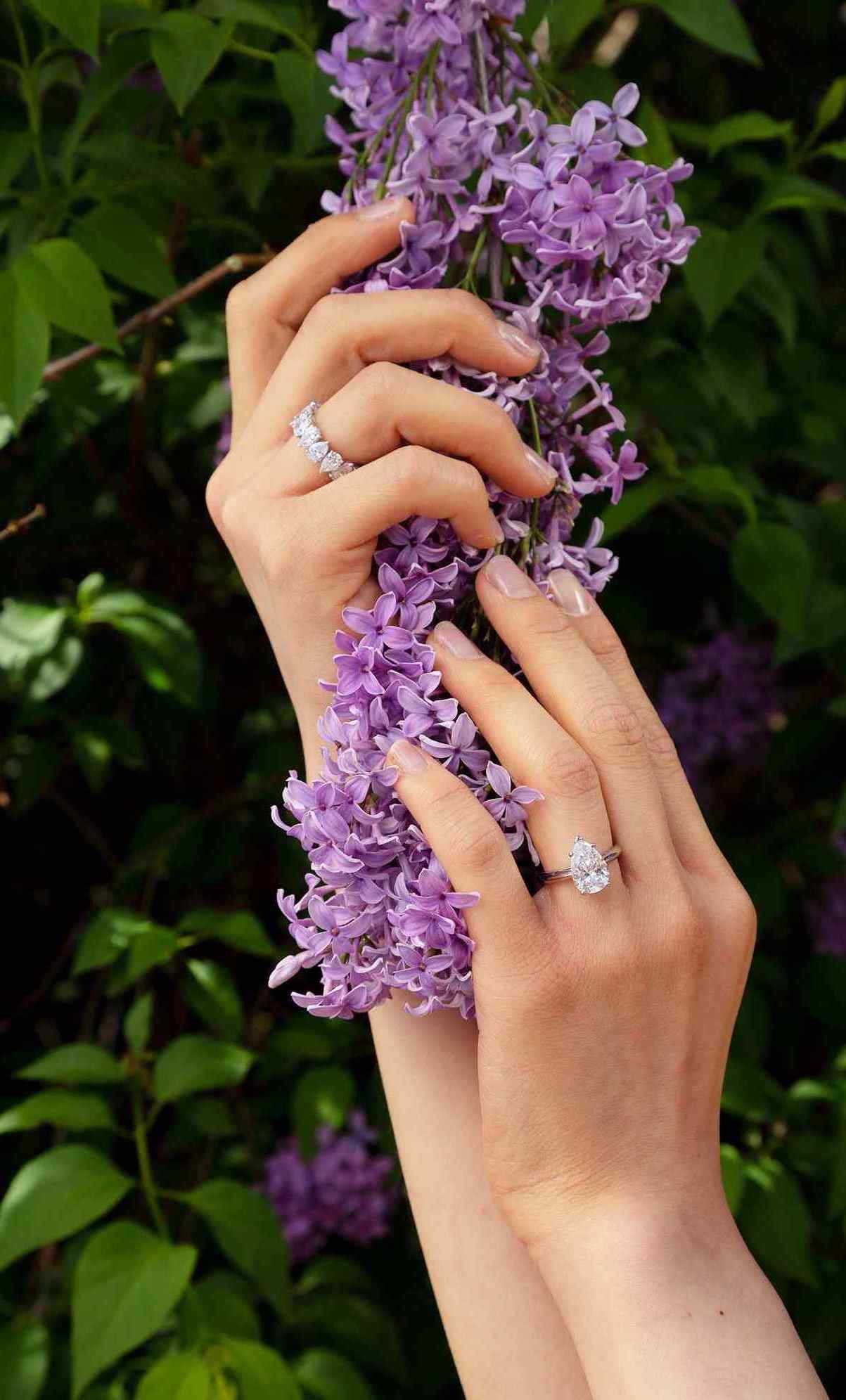 Pear
Pear
Emerald is a regal, step-cut diamond, that gives the appearance of a hall of mirrors. Clarity is paramount for this shape.
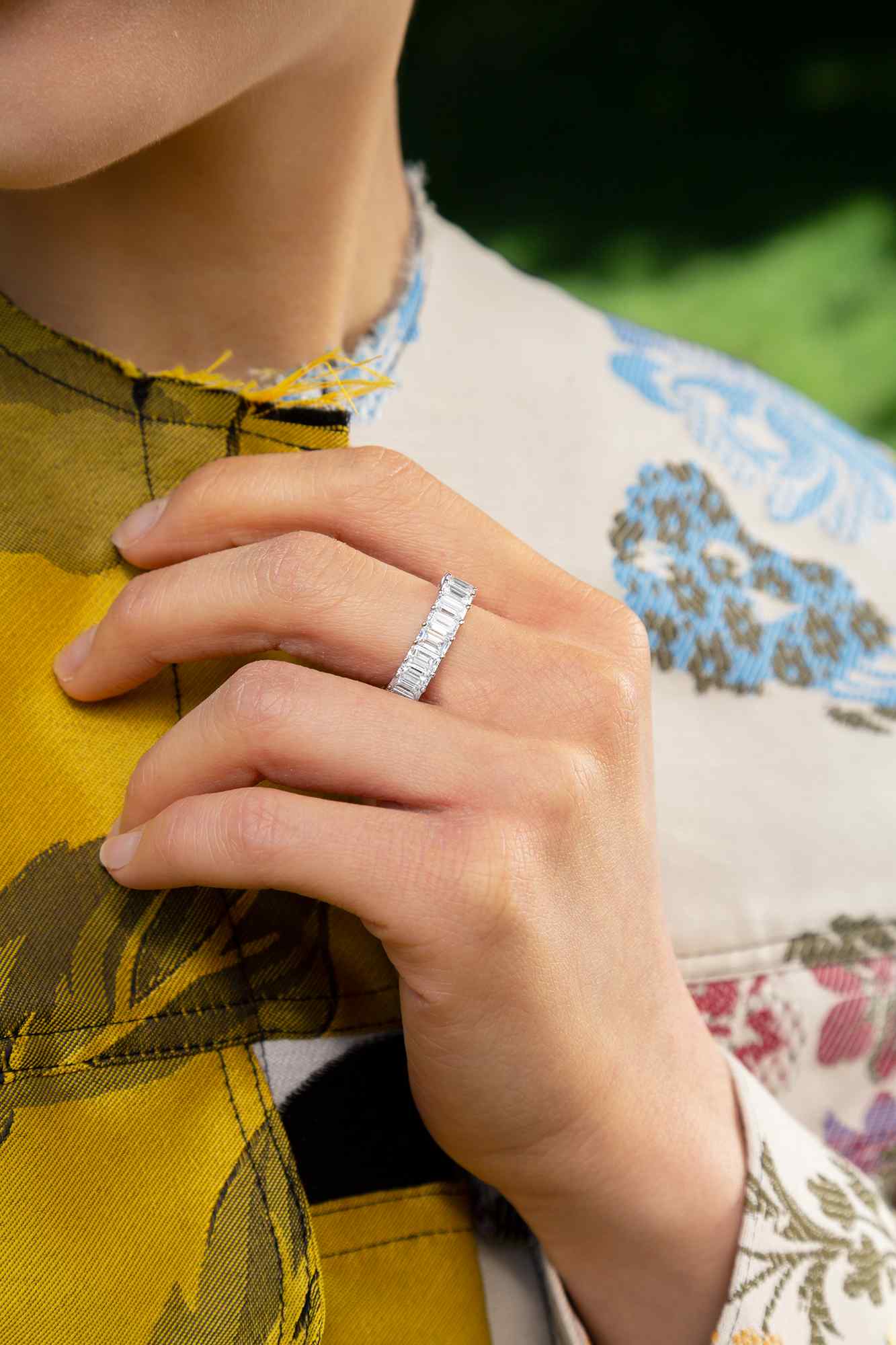 Emerald
Emerald
Marquise cuts are softly curved diamonds that point at both ends. They have the largest surface area per unit of carat weight.
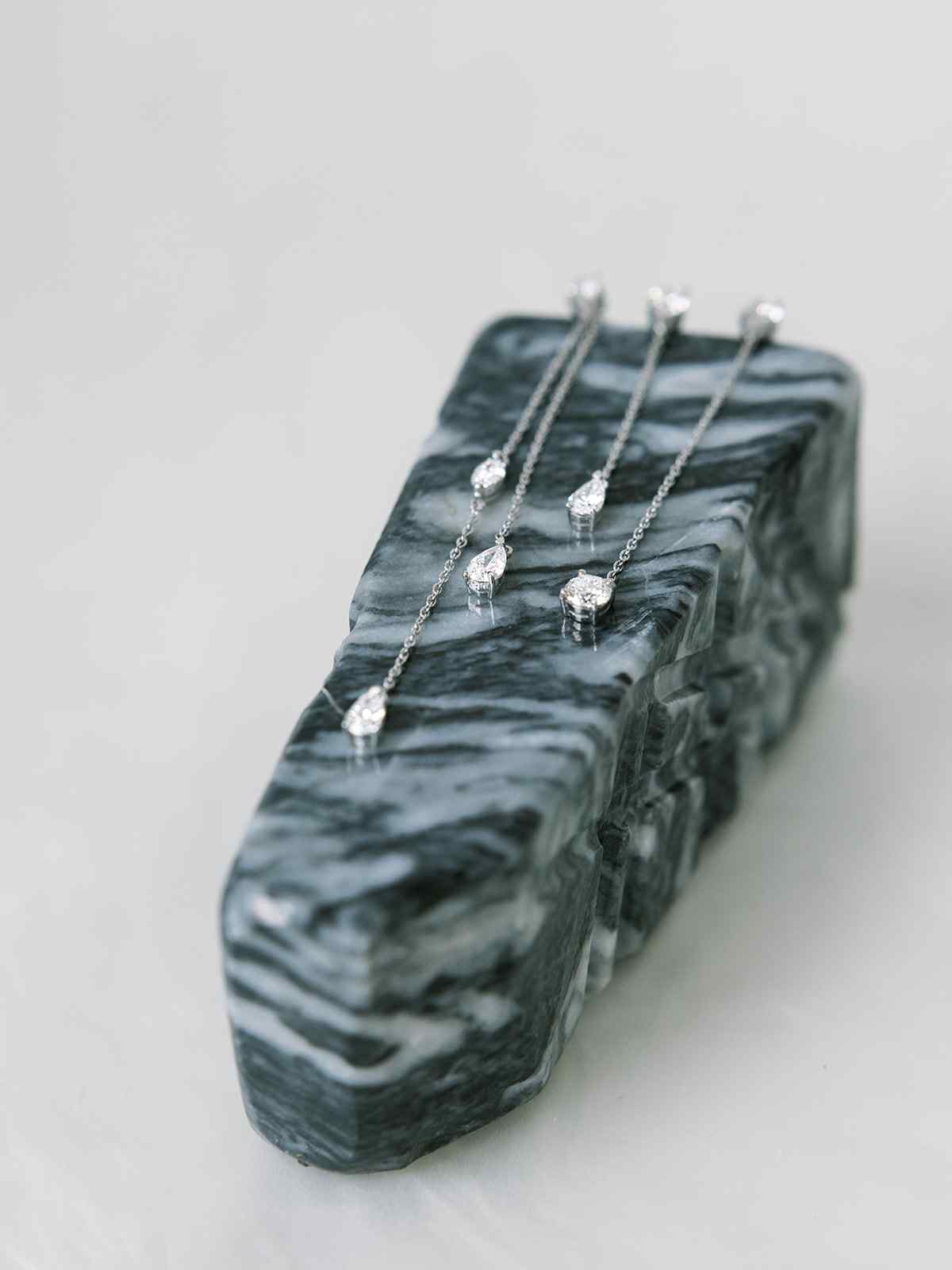 Marquise
Marquise
